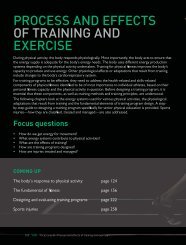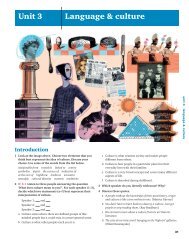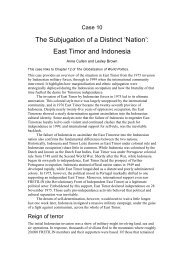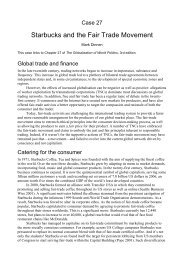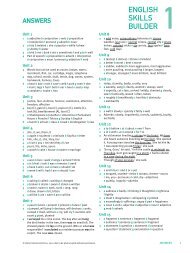You also want an ePaper? Increase the reach of your titles
YUMPU automatically turns print PDFs into web optimized ePapers that Google loves.
PDHPE Application and Inquiry<br />
290<br />
Secondary injury<br />
Athletes returning <strong>to</strong> activity are also at risk of a secondary injury, which is an injury that occurs as a<br />
result of a previous injury being poorly treated or not being fully healed. Athletes risk recurrence of<br />
<strong>injuries</strong> if they commence playing before regaining full strength and range of movement.<br />
practical application<br />
Classify <strong>sports</strong> <strong>injuries</strong><br />
1 Examine Table 16.2 (page 289), then complete the following tasks.<br />
a Classify the <strong>injuries</strong> in the table in<strong>to</strong> direct and indirect<br />
<strong>injuries</strong> on the basis of their most likely cause.<br />
b Discuss how some of these <strong>injuries</strong> could be both direct<br />
and indirect.<br />
c Classify the <strong>injuries</strong> listed in the table in<strong>to</strong> soft-tissue<br />
<strong>injuries</strong> and hard-tissue <strong>injuries</strong>.<br />
d Identify the injury that resulted in the most missed<br />
matches in 2007.<br />
e Discuss the possible reasons for the identified injury<br />
resulting in the most missed matches.<br />
2 a Identify examples of direct and indirect <strong>injuries</strong> that might<br />
occur in the following <strong>sports</strong>:<br />
• field hockey<br />
• snow skiing<br />
• cricket.<br />
b Classify the <strong>injuries</strong> identified in task 2a in<strong>to</strong> soft-tissue<br />
and hard-tissue <strong>injuries</strong>.<br />
Soft-tissue <strong>injuries</strong><br />
Three common soft-tissue <strong>injuries</strong> are tears, sprains and contusions.<br />
Tears, sprains and contusions<br />
Critical inquiry<br />
1 Explain why it is necessary <strong>to</strong><br />
<strong>classify</strong> <strong>injuries</strong>.<br />
2 Investigate whether <strong>injuries</strong><br />
can be classified in other<br />
ways than those described<br />
above.<br />
Research and Review<br />
1 Describe the differences between<br />
direct and indirect <strong>injuries</strong>.<br />
2 Explain how poor technique can<br />
cause an overuse injury.<br />
3 Define soft-tissue injury and hardtissue<br />
injury.<br />
4 a Clarify what a secondary<br />
injury is.<br />
b Outline how they can be<br />
prevented.<br />
A tear is a disruption of the fibres of a muscle or tendon. This can be tiny and microscopic (often called<br />
a strain). A tear can also be more severe, and involve larger fibres of muscles and tendons. Tears (and<br />
strains) occur when a muscle or tendon is over-stretched or when a muscle contracts <strong>to</strong>o quickly. The<br />
severity of the tear can range from the microscopic level (a strain), <strong>to</strong> a small number of fibres through<br />
<strong>to</strong> a complete rupture of all muscle fibres.<br />
A sprain is a tear of ligament fibres, muscles or tendons supporting a joint. This can occur when a<br />
joint is extended beyond its normal range of movement. A sprain can involve a small number of fibres<br />
through <strong>to</strong> a complete rupture. In extreme circumstances, the fibres of the ligament, muscle or tendon<br />
can remain intact and rip from the bone.<br />
A contusion or bruise is bleeding in<strong>to</strong> the soft tissue. It is caused by a direct blow from another person,<br />
an implement or an object. A bruise can occur <strong>to</strong> any soft tissue of the body.<br />
Skin abrasions, lacerations and blisters<br />
Injuries <strong>to</strong> the skin are very common in sport. They include minor wounds, such as abrasions (grazes),<br />
blisters and small lacerations. They also include bone fractures and more serious lacerations that<br />
require suturing (stitches). Small skin abrasions, lacerations not requiring sutures and blisters are<br />
manageable conditions, and in most cases do not require referral <strong>to</strong> a doc<strong>to</strong>r.



